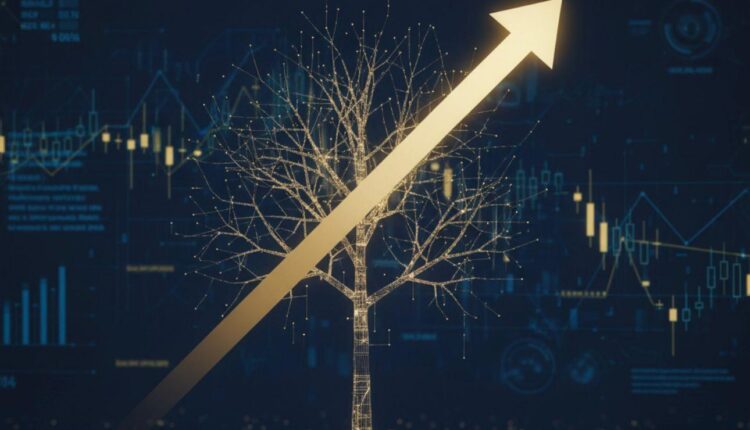From Stagnation to Sustained Growth: Honoring the Architects of Innovation Economics
Could sustained economic growth have been possible for most of human history? For centuries, per-capita income remained largely stagnant, and technological advances rarely translated into lasting prosperity. Temporary phases of advancement were the exception rather than the rule. Today, after over two centuries of cumulative discovery, experimentation, and societal openness, we find ourselves in a world where sustained economic growth has become the transformation, recognized by the 2025 Nobel Memorial Prize in Economic Sciences. Joseph Schumpeter’s concept of “creative destruction” serves as the intellectual foundation for the work of Aghion and Howitt.
Schumpeter, a pivotal economist, coined “creative destruction,” arguing that sustained prosperity in capitalism stems from innovation continually replacing old structures.
The 2025 Nobel Memorial Prize in Economic Sciences, awarded by the Royal Swedish Academy of Sciences, honors three scholars whose work has fundamentally reshaped our understanding of innovation and long-term economic growth. Joel Mokyr, a historian of economic thought, has extensively studied the cultural and intellectual foundations that enable technological progress. His research highlights that “if innovations are to succeed one another in a self-generating process, we not only need to know that something works, but we also need to have scientific explanations for why.” Philippe Aghion, a leading growth theorist, and Peter Howitt, an expert in macroeconomic dynamics, jointly developed the theory of creative destruction. Their model demonstrates how new technologies replace outdated ones, fostering competition and productivity. As the Nobel committee emphasized, “economic growth cannot be taken for granted. We must uphold the mechanisms that underly creative destruction, so that we do not fall back into stagnation.” Together, their contributions offer a robust framework for understanding how modern economies can achieve and sustain prosperity.
Breaking the Cycle of Historical Stagnation
For much of history, economic growth per capita was minimal despite technological innovations. Mokyr’s research demonstrates that societies often knew how things worked but not why a gap that prevented innovations from reliably building upon one another. Only when practical skills were complemented by scientific insight did knowledge accumulate in a way that could sustain long-term growth.
Innovation as a Self-Generating Process
Technological progress becomes cumulative when each discovery enables the next. Mokyr highlights that experimentation, reproducibility, and openness to change created conditions in which innovation could continuously evolve. Innovation as a process that begins with imagination and is sustained through teamwork, experimentation, and adaptation. This aligns with the concept of innovation as a cycle.
Creative Destruction and Market Dynamics
Aghion and Howitt’s framework measures how innovation changes markets. When better products are introduced, older technologies and companies get replaced. This process can disrupt individual firms, but it promotes overall economic growth. As the Nobel committee pointed out, the 2025 Nobel Memorial Prize in Economic Sciences, awarded by the Royal Swedish Academy of Sciences, recognizes three scholars whose work has significantly changed our understanding of innovation and long-term economic growth. The Laureates’ work shows that we cannot take economic growth for granted. We must support the systems that drive creative destruction so we do not return to stagnation. Their model also shows how research and development, investment, competition, and household savings work together to maintain macroeconomic stability. Connecting Historical Insight with Modern Economics.
By bridging centuries of empirical observation with contemporary economic modeling, the laureates show how knowledge accumulation, experimentation, and institutional openness translate into long-term prosperity. Societies that combined practical expertise with scientific reasoning were able to transform technological potential into enduring economic growth, providing lessons that remain relevant in today’s innovation-driven economies.
The 2025 Nobel laureates have demonstrated that innovation is more than invention it is the engine that drives sustained economic growth, improving productivity, raising living standards, and transforming societies in ways previously thought impossible.
Even what seemed improbable for centuries is now a reality -Sustained economic growth, fueled by innovation, is achievable.

